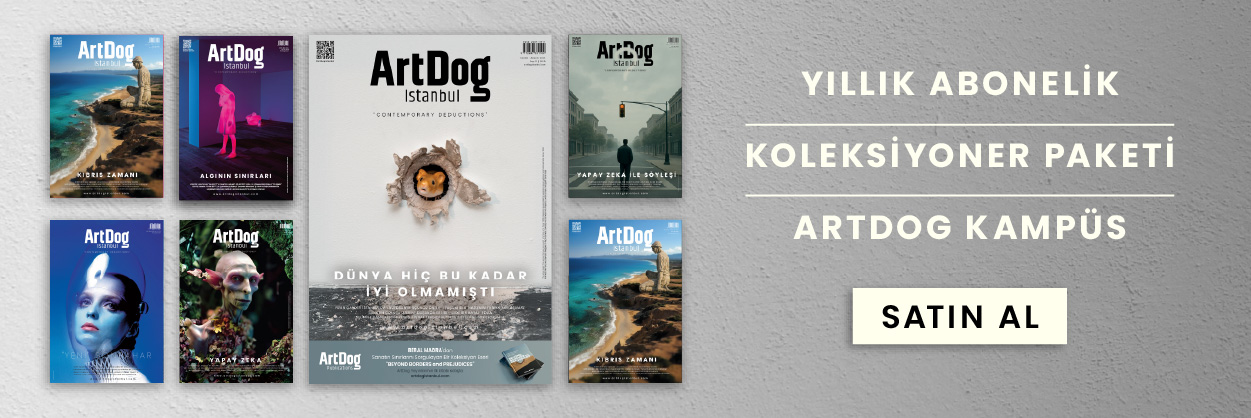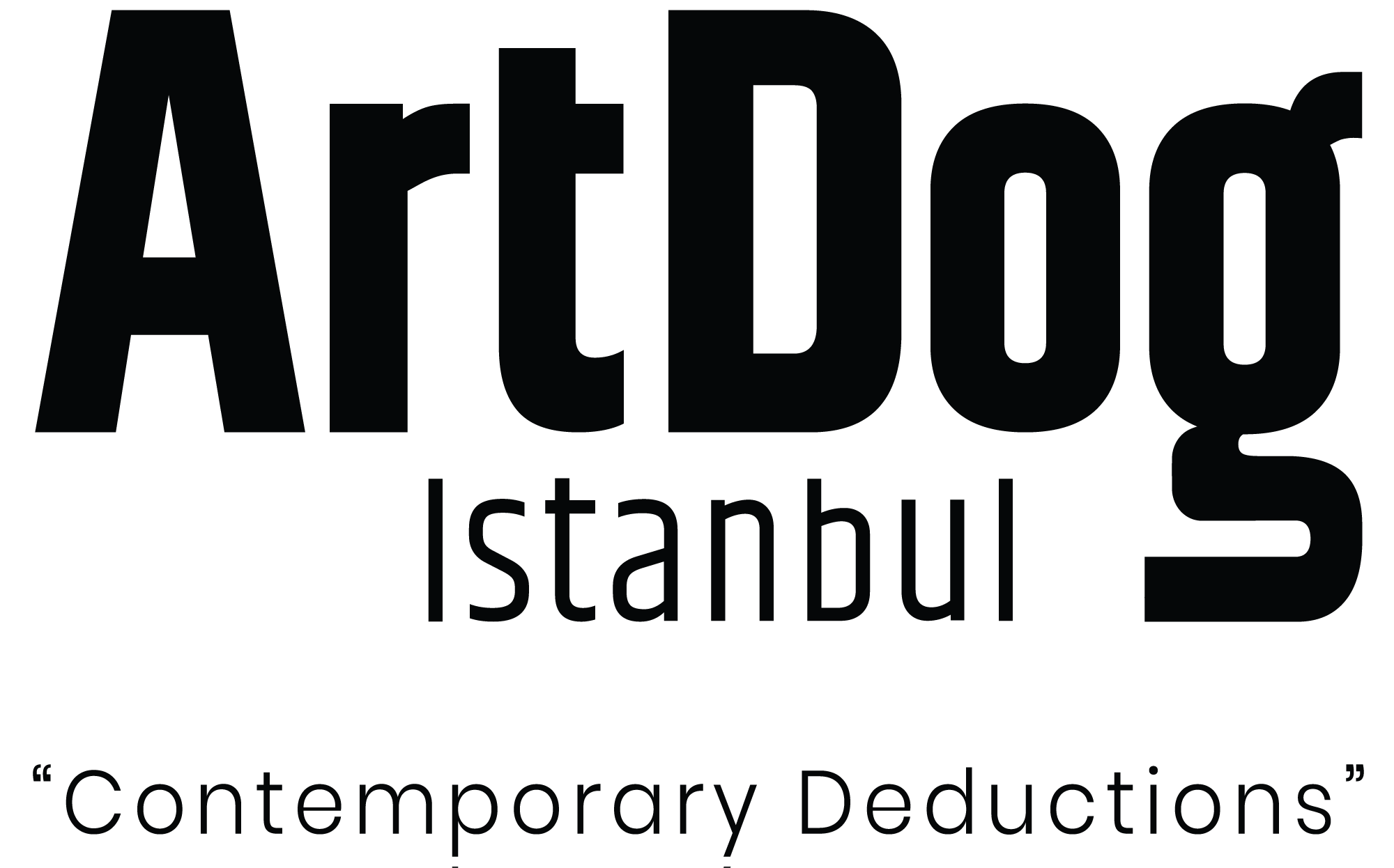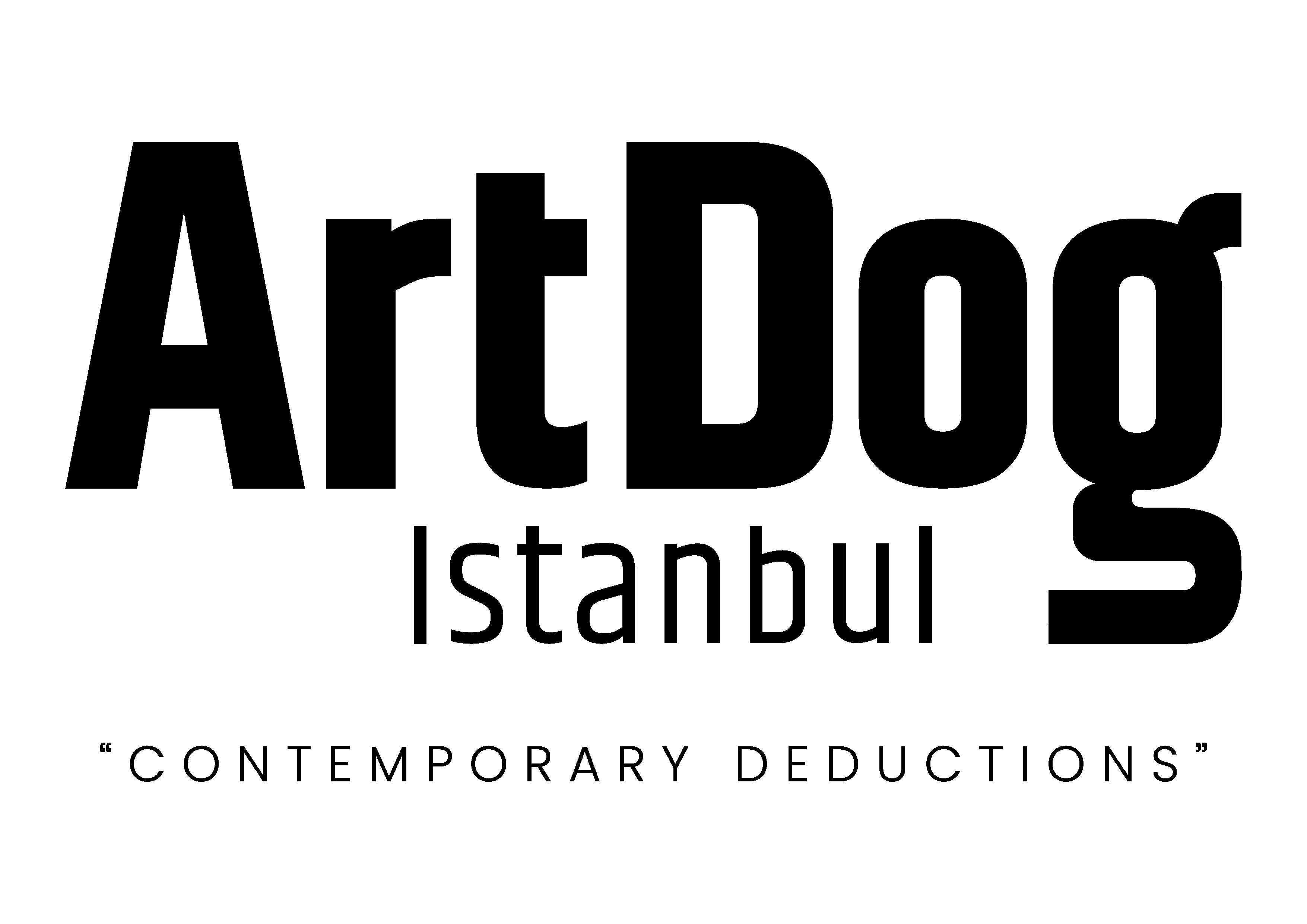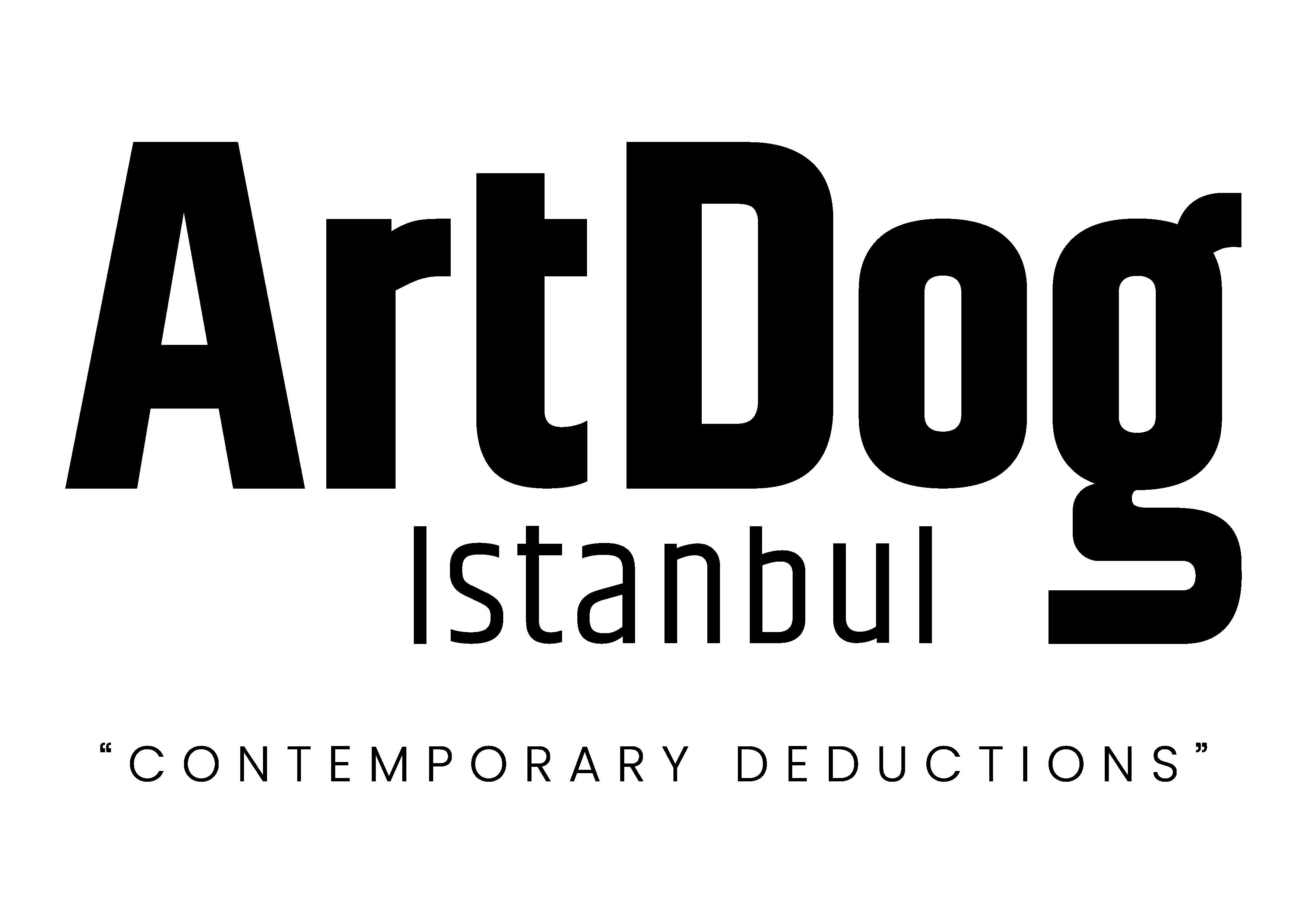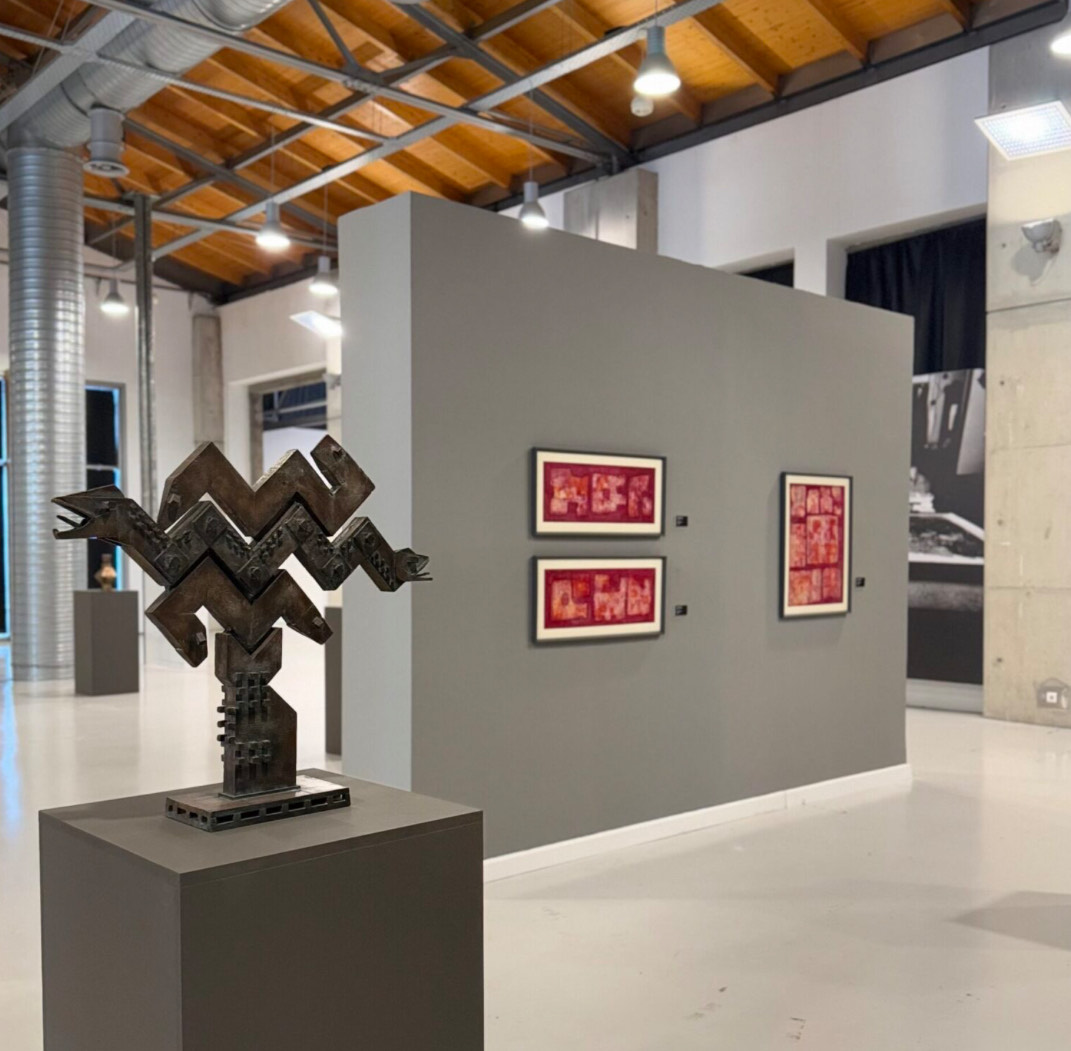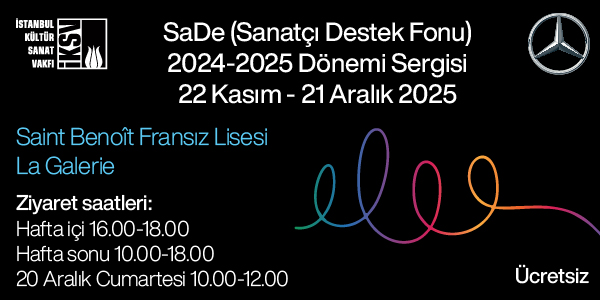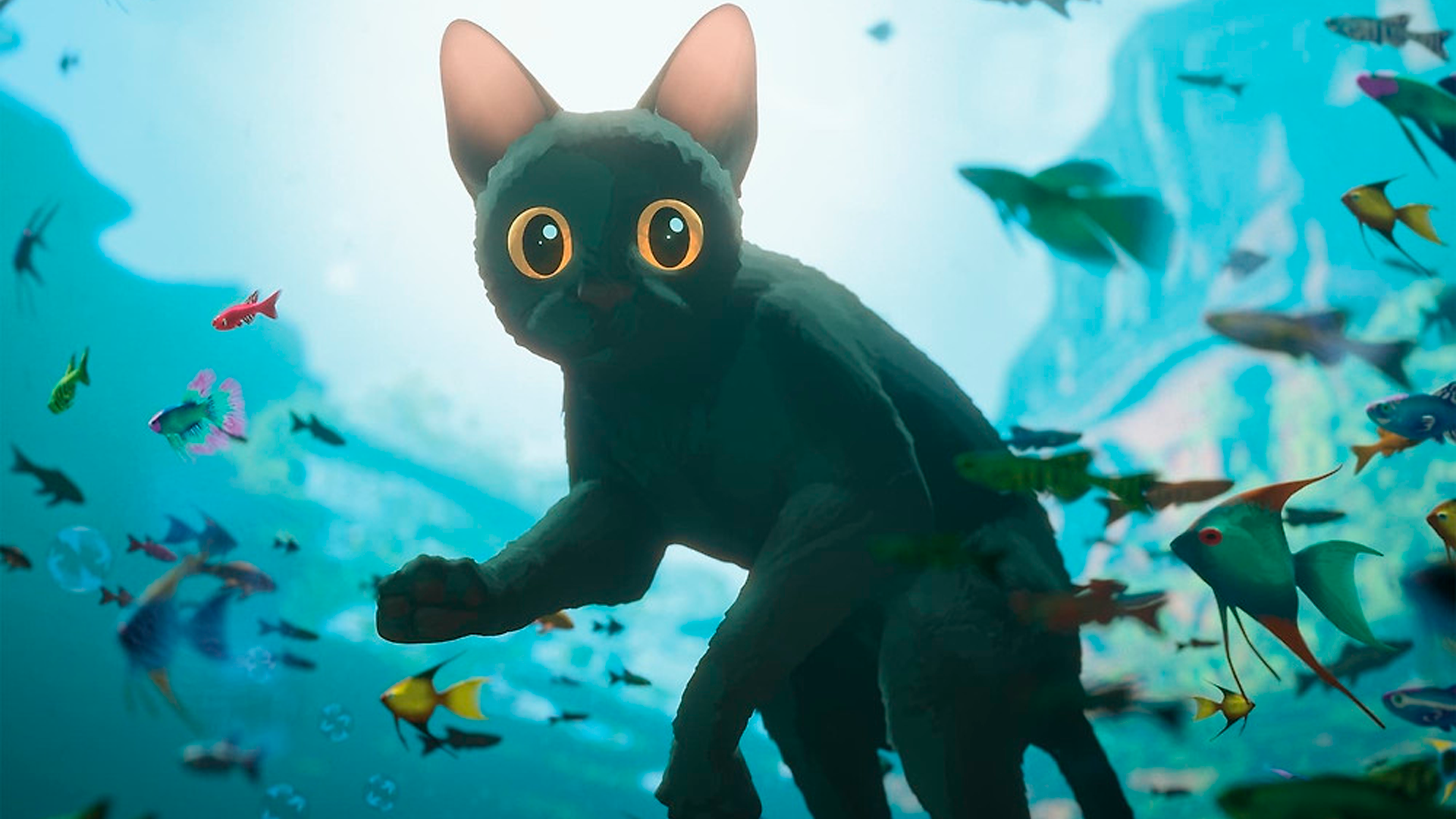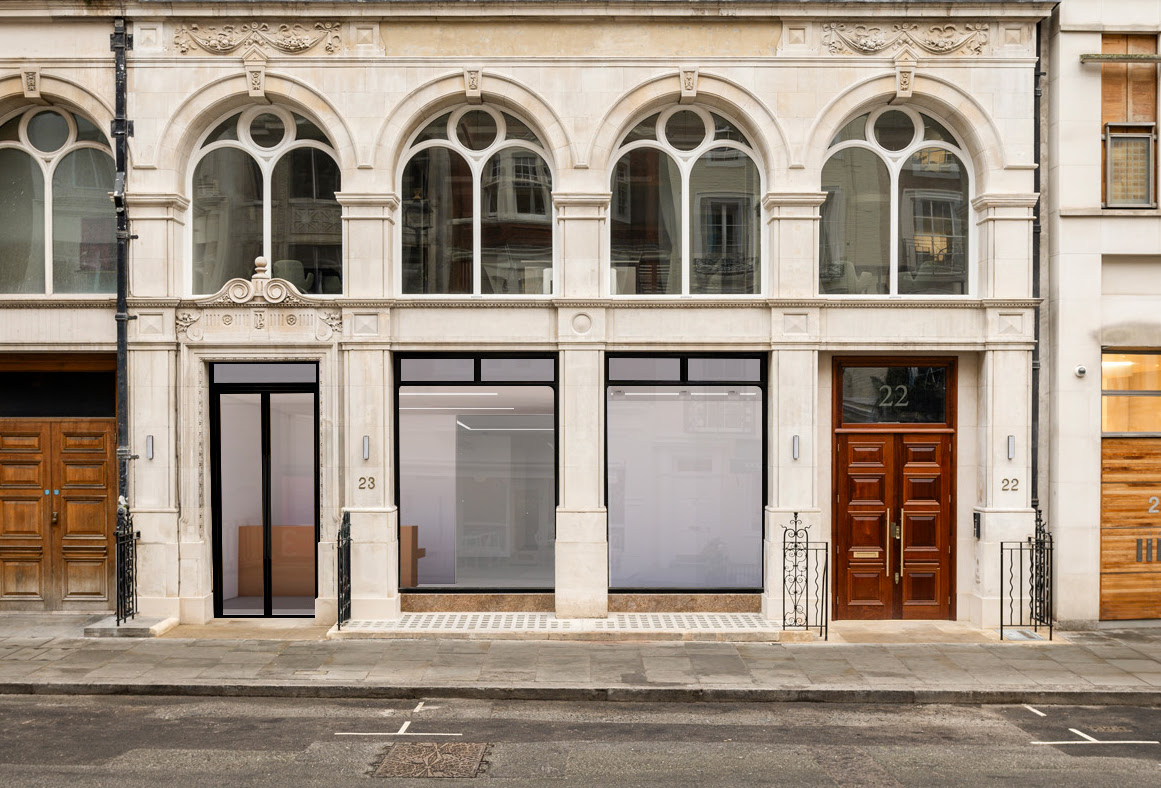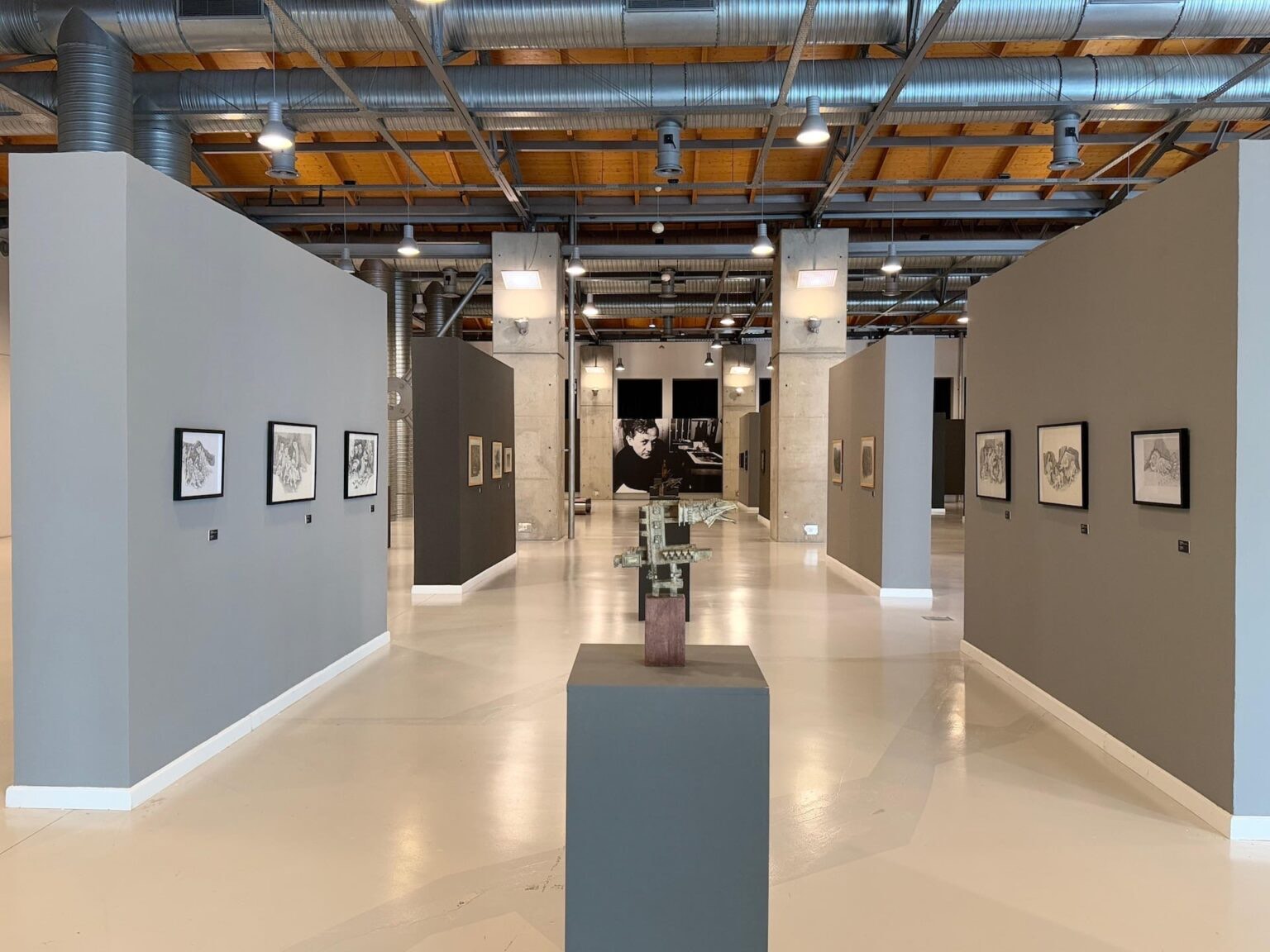
The exhibition “ALOŞ: Yesterday, Today, Tomorrow” brings together Ali Teoman Germaner’s visual narrative spanning from the 1970s to the 2000s. On display at CerModern, the exhibition will be open to visitors until March 30, 2025.
Ali Teoman Germaner, known as ALOŞ, was an artist who explored the interwoven layers of time and processed collective memory through visual thoughts. Centered on his perspective on time, ALOŞ: Yesterday, Today, Tomorrow presents a journey shaped by his ALOŞNAME drawings.
Open to visitors at CerModern until March 30, 2025, the exhibition examines Germaner’s visual vocabulary through concepts such as darkness, light, hope, fear, and the unconscious.
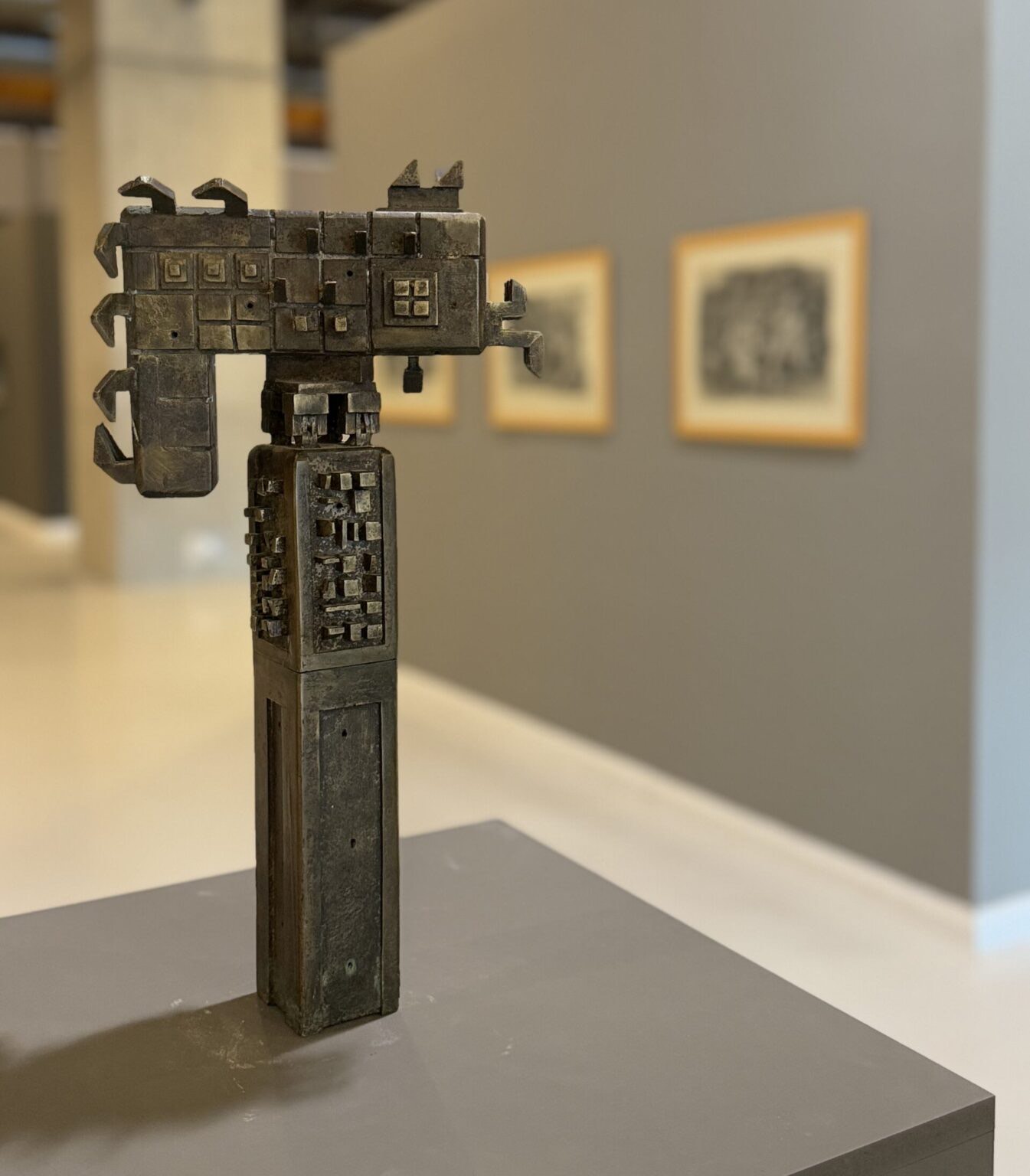
Curator Burak Fidan explained the connection between the exhibition’s title and its conceptual framework:
“The title of the exhibition originates from ALOŞ’s own words: ‘I wholeheartedly believe in the uninterrupted connections and intertwining of yesterday, today, and tomorrow.’ After setting up the exhibition, I realized that it takes place Somewhere in Time. Initially, this title was only meant for the video room, but now I can confidently say that it serves as the hidden name for the entire exhibition space. ALOŞ refers to his works as visual words—perhaps we should call them visual thoughts. ALOŞNAME consists of thought scenes, forming a lifelong visual narrative. The key themes of this conceptual dictionary, stretching from the dark social climate of the 1970s to the 2000s, include darkness/light, hope/hopelessness, death/birth, fear, state, power, authority, and the collective unconscious.”
Regarding the video installation Somewhere in Time, Fidan added:
“The idea comes from Ali Teoman Germaner himself. We know from his interview with Ahu Antmen that he strongly wished for ALOŞNAME to be animated. About this series of drawings, ALOŞ said, ‘If anyone places a few ALOŞNAME drawings side by side, a different story emerges for each person. This is the way I intend them to be read.’ The structural concept of the video installation was born from these open-ended narratives. As we deconstructed the layers of his drawings, we realized that the same principle applied not only when different images were placed together but also when spaces and figures within the drawings shifted positions.
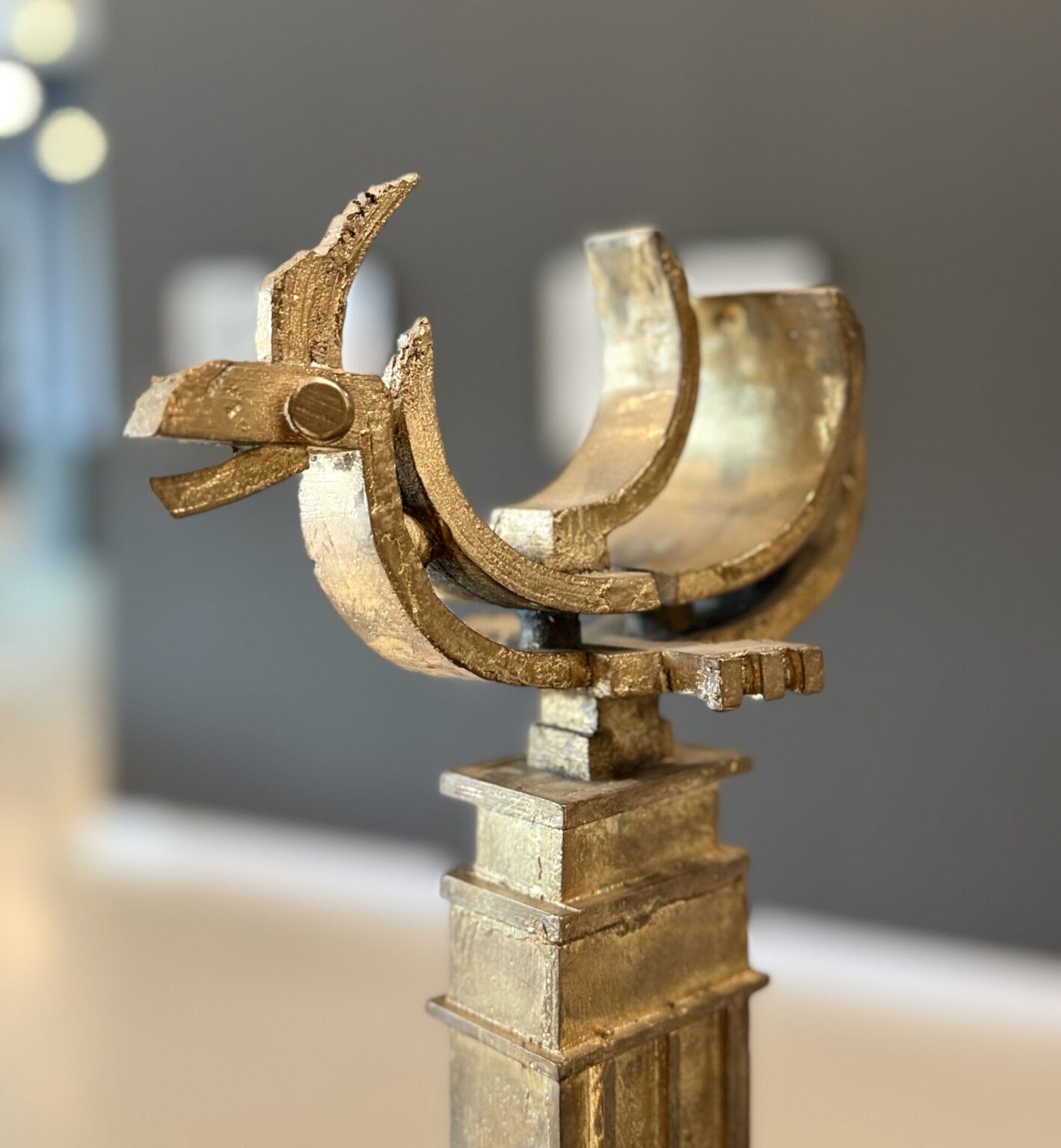
The drawings were so inherently unique that they did not allow for manipulation. Thus, we did not struggle much with deciding how and where to intervene. This, of course, is a testament to ALOŞ’s power in creating worlds and atmospheres.”
Born in Istanbul in 1934, Ali Teoman Germaner studied sculpture at the Istanbul State Academy of Fine Arts under Rudolf Belling, Zühtü Müridoğlu, and Ali Hadi Bara. In 1960, he moved to Paris on a French government scholarship, studying sculpture and printmaking at the École des Beaux-Arts. Returning to Turkey, he became a professor at the academy, where he taught until his retirement in 2001. Germaner’s work, influenced by Mesopotamian, Egyptian, and Mesoamerican art and mythology, used metaphor to critique political and social issues. His sculptures and prints were exhibited worldwide, including at the Paris, São Paulo, and Alexandria Biennials. He passed away in 2018.

